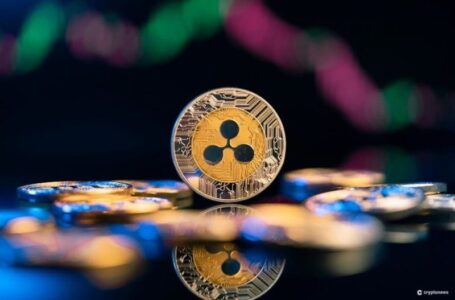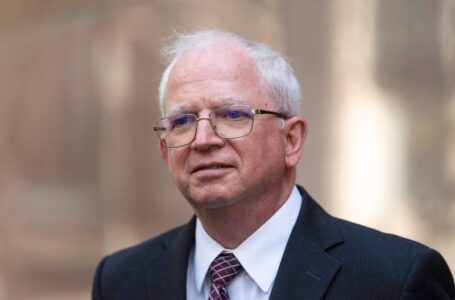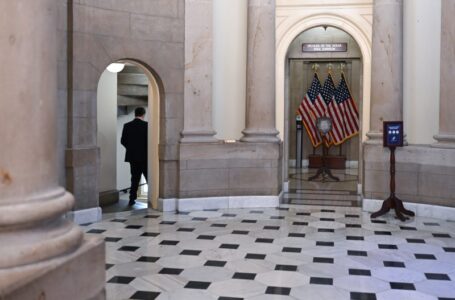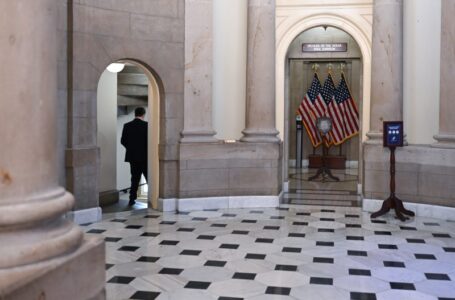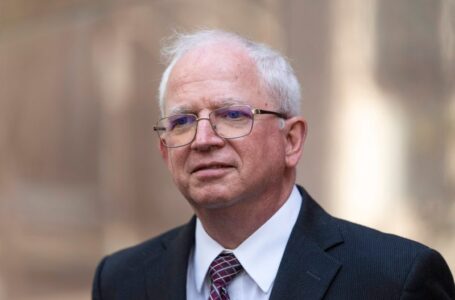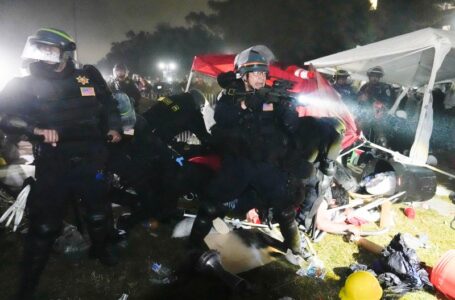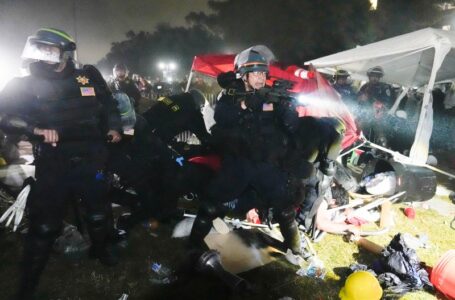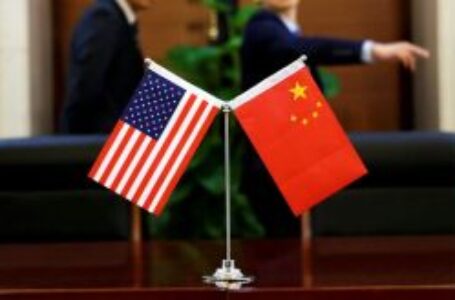Putin says West sending troops to Ukraine could lead to nuclear war
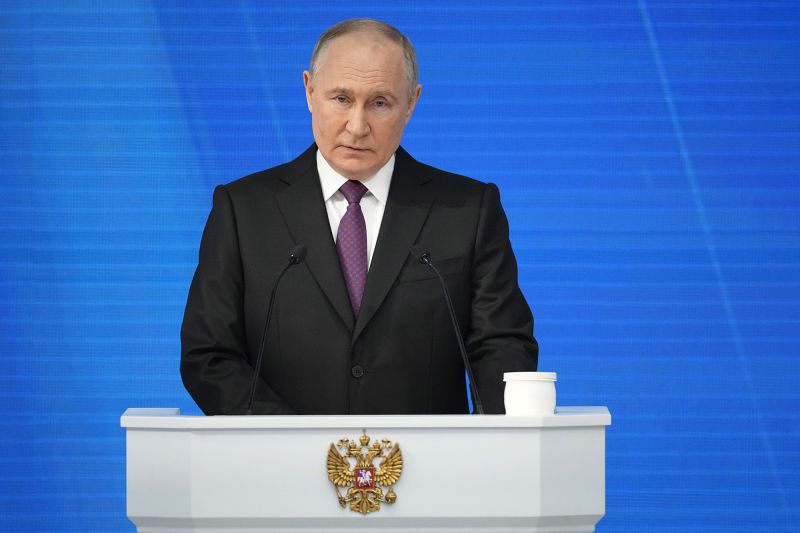

Russian President Vladimir Putin warned the West of the risk of nuclear war if they send their own troops to fight for Ukraine, saying Moscow had the weapons to strike Western targets.
In his annual state of the nation address to Russia’s elite on Thursday, Putin said claims that Russia intends to attack Europe are “nonsense” but warned that his country might strike Western countries with nuclear weapons.
Putin referenced an idea floated by French President Emmanuel Macron, who on Monday said the possibility of sending Western troops to Ukraine “cannot be ruled out.” Several European leaders swiftly rejected the suggestion.
“Everything that they are coming up with now, with which they threaten the entire world – all this really threatens a conflict with the use of nuclear weapons, and therefore the destruction of civilization – don’t they understand this, or what?” Putin said.
“They must ultimately understand that we also have weapons – and they know about it, just as I now said – we also have weapons that can hit targets on their territory,” he warned.
His address lasted more than two hours – breaking his previous record, according to Russian state media TASS – and came shortly before Russians vote in the March 17 presidential election, when Putin is expected to sweep to a fifth term and extend his rule until at least 2030.
He lauded the progress of Russia’s military, which he said was “confidently advancing in a number of operational areas and liberating more and more territories” and now “firmly holds the initiative” in Ukraine, after Kyiv’s recent retreat from the eastern town of Avdiivka.
He confirmed Russia will bolster its military presence along its Western border to “neutralize the threats” of NATO expansion after Finland and Sweden joined the alliance following Moscow’s invasion of Ukraine.
This is a developing story and will be updated.

